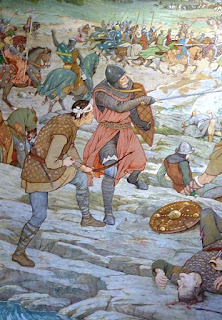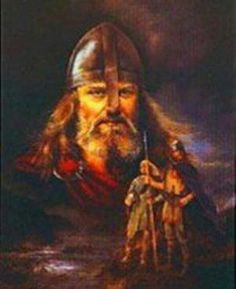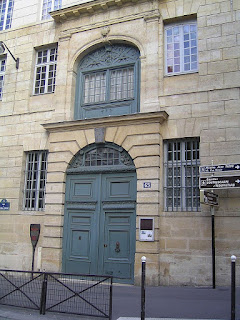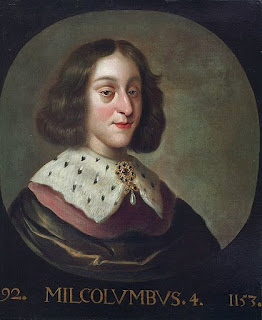Divide & Conquer (Part 2)

Edward & Toom Tabard He used his legal status as the superior lord to claim the revenues collected from vacant estates and various offices. Having been acknowledged by all the would be kings, he was able to back date access to all royal money to the death of Alexander III. When Balliol acquired the Scottish throne, he found the kingdom owed Edward six years' worth of revenues and there was a large personal debt from his own estate. Indeed, most Scottish revenues were finding their way south, giving John very little room to manoeuvre. Edward continued to force the issue, summoning John to fight with him and ordering him to appear at Westminster to justify his court's decisions. By 1295 the situation had become intolerable for Balliol. For almost 130 years, Scots had had no serious conflict with England, but their next move would lead to decades of bitter, bloody fighting. They signed a treaty with France, which was in effect the birth of the Auld Alliance and the start of t...





